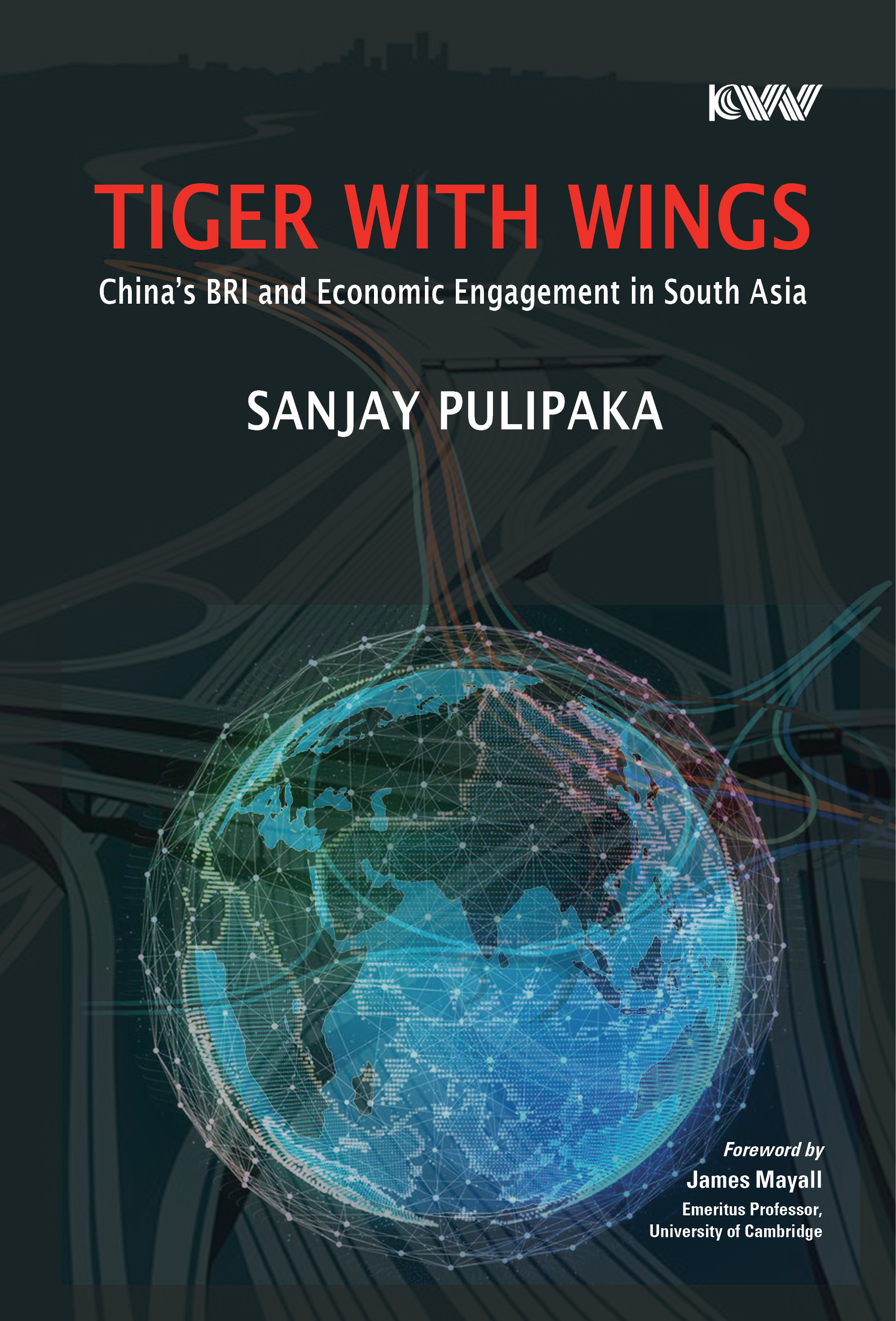Subjects
Tiger with Wings: China’s BRI and Economic Engagement in South Asia
Sanjay Pulipaka
Global politics is witnessing unprecedented shifts, and China’s rise constitutes an important node in the emerging multipolar world order. The growing Chinese economic engagement is altering the balance of power in various regions and, more specifically, in South Asia. Under the framework of the Belt and Road Initiative (BRI), China has intensified its economic engagement in South Asia and is undertaking massive infrastructure projects, including ports, railways, airports, digital networks, and energy projects.
This book locates the BRI as one of the key phases in China’s external economic engagement and provides a comprehensive analysis of its ramifications for South Asia. It also assesses the interface between geopolitics and geoeconomics while also taking a granular approach to critically evaluate various Chinese projects in the subcontinent. Specifically, the impact of Beijing’s engagement on the geopolitical dynamics and the domestic politics and economy of various countries in South Asia figures prominently in the discussion. In the process, the continuities and discontinuities in China’s engagement with the countries in the subcontinent are also mapped.
The chapters in this volume not only marshal evidence to support the arguments but also engage the reader with interesting anecdotes. In addition to drawing on secondary sources, the volume also benefited from the author’s interactions with policymakers, researchers, journalists and others from India and several neighbouring countries. The chapter sequencing makes it convenient for avid readers to study the countries of their choice independently.


 Political Science
Political Science
